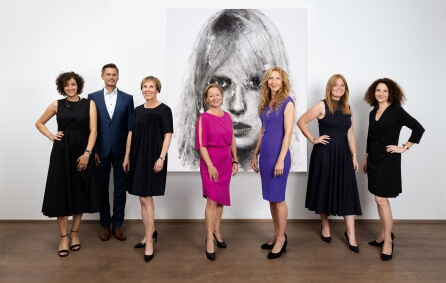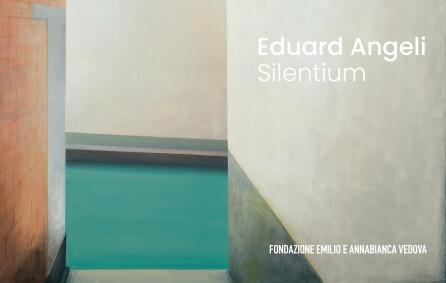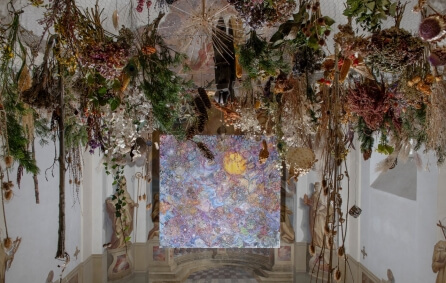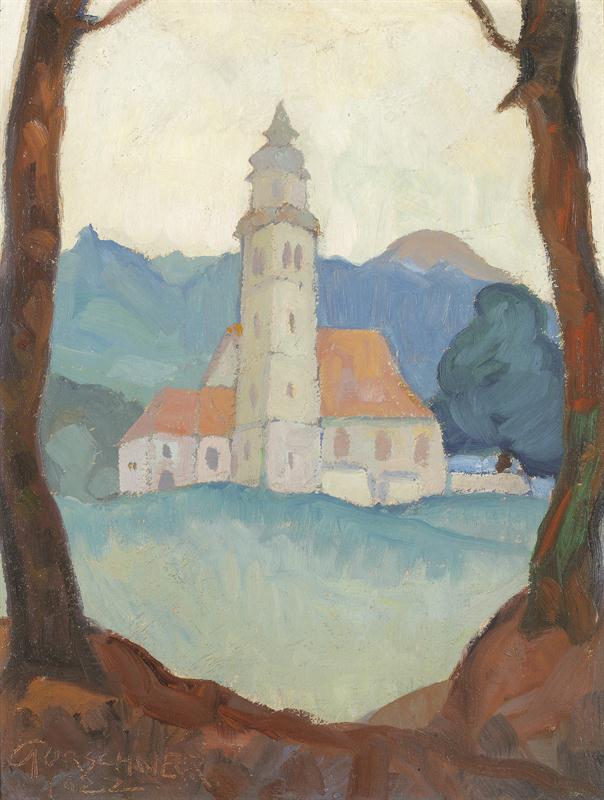
Herbert Gurschner
The following artworks are for sale
Biography
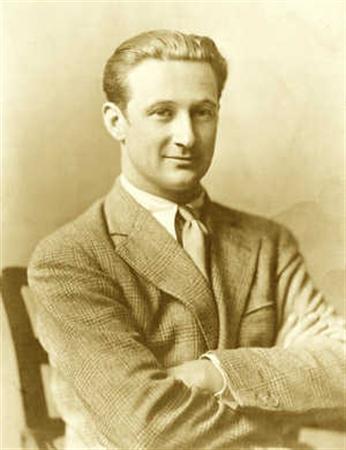
Herbert Gurschners malerisches Talent führte ihn früh an die Kunstgewerbliche Fachschule in Innsbruck und die private Malschule von Walter Thor, bevor er 1918 an der Königlichen Akademie der Bildenden Künste in München inskribierte. Um 1920 pendelte der junge Künstler zwischen München und Innsbruck und beschickte zahlreiche Ausstellungen. In diese Zeit fiel auch die enge Freundschaft mit Ernst Nepo, Alphons Schnegg und Rudolf Lehnert, allesamt Künstler des „Mühlauer Kreises“. 1924 vermählte er sich mit der um einige Jahre älteren englischen Adeligen Ella Dolores Erskine, die ihm wichtige Kontakte zu englischen Künstler- und Sammlerkreisen vermittelte. Während dieser Jahre unternahm der junge Künstler ausgedehnte, oft monatelange Reisen nach Italien. 1928 wurde Gurschner als Gastaussteller in den italienischen Pavillon zur Biennale in Venedig eingeladen. Ab 1929 stellte er in der renommierten Londoner Fine Art Society aus, was den künstlerischen Durchbruch in England bedeutete. Die gute Auftragslage ermöglichte ihm weitere Reisen nach Frankreich und Italien sowie eine Reise mit dem Zeppelin in die USA. Den Winter verbrachte er auf den Bermudas. In London feierte er mit Ausstellungen bei Agnew’s und in New York in den Cooling Galleries weitere Erfolge. Nach dem Zweiten Weltkrieg verstärkte Herbert Gurschner seine Kontakte zu Österreich wieder und besuchte regelmäßig Innsbruck. Bis zu seinem Tod blieb er seinem Heimatland Tirol, das ihm bei allen Ausstellungserfolgen in England und Amerika immer als wichtigste Inspirationsquelle für seine Malerei diente, sehr verbunden.
In den Jahren um 1920 war Hall in Tirol für die ambulanten Kunstunternehmungen Herbert Gurschners (und ebenso zahlreicher anderer Tiroler Maler wie etwa Wilhelm Nicolaus und Theodor Prachensky oder Oskar Mulley) ein wichtiger Arbeitsbereich. Denn die original erhaltene mittelalterliche Altstadt bot – mit ihren spitzen Grabendächern, verwinkelten Baukörpern und auch barocken Fassaden – ein reiches Reservoir an pittoresken Motiven. Die landschaftliche und städtehistorische Schönheit ihrer Tiroler Heimat mit einem frischen, modernen Blick festzuhalten, schien das Motto dieser Künstler und so entstanden immer neue, oft streng geometrisierende Städtebilder, meist in nahsichtiger Komposition und eigentümlich verfremdeter Farbgebung. In Stil und Kolorit häufig noch durch die machtvollen künstlerischen Auffassungen des als „Übervaters“ der modernen Tiroler Kunst zu apostrophierenden Albin Egger-Lienz beeinflusst¹, zeigen sich gerade bei Herbert Gurschner auch Auseinandersetzungen mit nachklingenden secessionistischen und expressionistischen Strömungen.
¹Claudia und Roland Widder (Hg.), Herbert Gurschner, Innsbruck 2000, S. 38.

